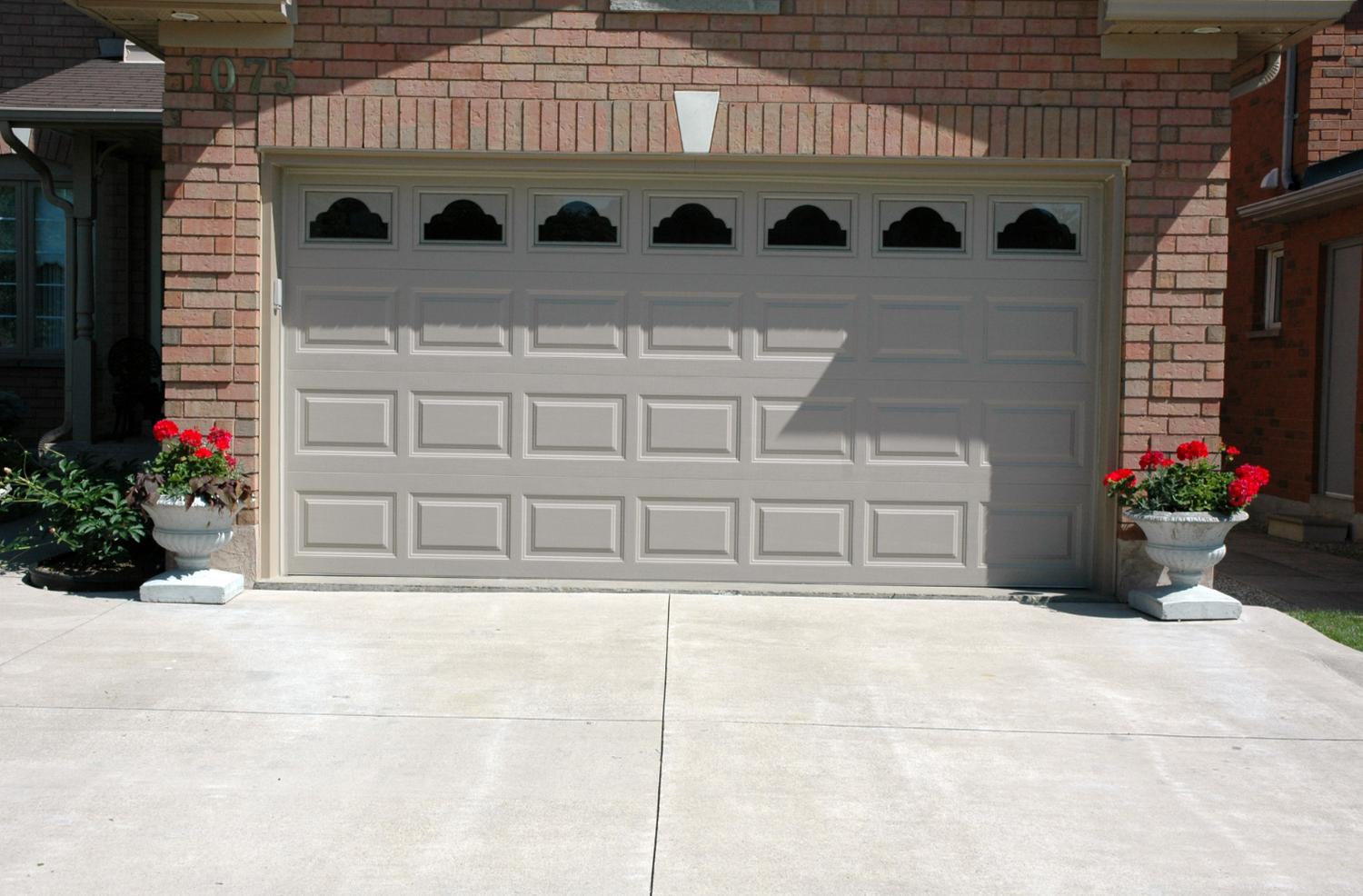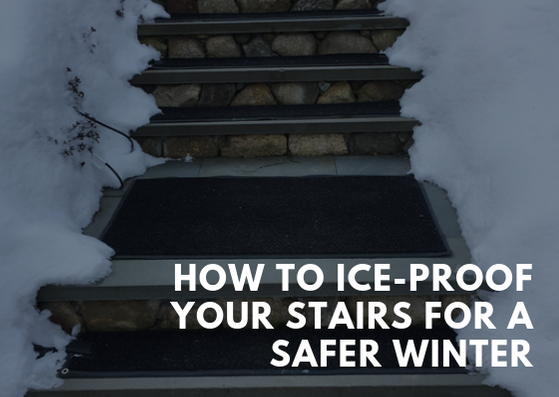
Concrete driveways don’t come cheap. Pouring a standard 1,000 sq. ft. (92.9 square meters) cement driveway will run you anywhere from $2,000-$5,000 (approximately $2,675-$6,688 CAD), and even simple resurfacing will cost you upwards from $2,250 (approximately $3,009 CAD). Since this is a pricey endeavor, you want to do everything you can to make that strip of concrete last as long as possible. Here are the essential do's and don’ts of proper cement driveway maintenance.
The Do's
#1: DO Start the Winter Off Right
Start the winter season with a clean driveway, cleared away of debris, leaves, and twigs, This will make future driveway management easier.
#2: DO Seal Your Driveway Every Two to Five Years
Depending on the amount of vehicle and weather action your driveway sees, you’ll want to use a protective sealant every two to five years to coat the surface and protect your driveway from decay. You can buy a quality grade sealer from any hardware store and apply yourself.
#3: DO Remove Stains & Oil Spills Frequently
Even though the sealant will help to protect your concrete driveway from stains, it is still a best practice to clean up any spills or materials that could stain the surface immediately to prevent any discoloration from forming. If a stain does form, purchase a chemical stain remover or use a pressure washer to remove it.
#4: DO Listen to Your Driveway
When cracks and other issues arise, understand the message that your driveway is sending you and act accordingly. Hairline cracks will typically form as a concrete driveway ages, and these need to be cleaned and filled with heated sealant that will expand and fill the cracks properly.
A wider web of cracks means that the top surface of the driveway is deteriorating. Usually a sign of faulty asphalt driveway installation, this needs to be resurfaced properly in order to be fixed.
Particularly in the northern states, winter months will frequently cause wavy asphalt driveway surfaces. This is caused by frost heaves (moist soil beneath the driveway freezing and expanding), and will actually make your driveway shift.
#5: DO Clear Snow & Ice after Each Fall
It’s a good idea to shovel or clear away snow after it falls and not wait for multiple snowfalls to build up on top of each other. Otherwise, a thick layer of ice will form, making it harder for a driveway snow plow, blower, or shovel to get the job done.
The Don'ts
#1: DON'T Use Corrosive Materials
Rock salt driveway de-icer materials are a great way to take years off your driveway’s lifespan. The corrosive material breaks down the concrete and causes your driveway to deteriorate at a much more rapid pace than it would without the salt involved. If you want a good de-icer, check for something with calcium chloride as the main ingredient. This is a safer and smarter driveway snow removal solution.
In any case, salts should definitely not be used on driveways less than a year old. The newer the installation, the more damage can be done to the settling material. Sand and kitty litter are good solutions if you want to keep pathways and driveways slip-proof.
#2: DON'T Destroy Your Concrete Driveway While Shoveling
Driveway snow removal is one of the worst nightmares for most homeowners, but it makes the whole chore even worse when you find out that you’ve been ruining your driveway with every mound of snow scooped. Asphalt driveways are even more prone to damage from sharp objects (like the metal blade of your shovel), but concrete driveways aren’t safe from metal shovels either.
Instead, use a plastic shovel, and always make sure your shovel head is at least half an inch to an inch (1.27 cm to 2.54 cm) away from the surface of the driveway. Scoop out the snow gently, and don’t pierce thick ice with the blade of the shovel.
#3: DON'T Park Heavy Trucks Repeatedly on Driveways
While the occasional drive won’t do any damage, continuously driving and parking heavier trucks like construction equipment or RVs on your driveway will cause the type of shifting we mentioned above (frost heaves). Instead, park on the street or better yet, a private lot.
The Snow-Melting Driveway Solution
If you haven’t laid down the driveway yet, look into a heated driveway snow melt system. They melt snow fast, are eco-friendly, and will save you hours upon hours of backbreaking labor every winter. If your driveway is already constructed, you may want to consider industrial-sized heating mats. These can be laid directly on your driveway and can be driven on without worry of breaking the mat or ruining your concrete driveway.
The average concrete driveway will be around for approximately 25 years and an asphalt driveway will last around 20. Now that you know the best ways to protect your driveway from harm this winter, you can expect to enjoy your investment for decades to come.


